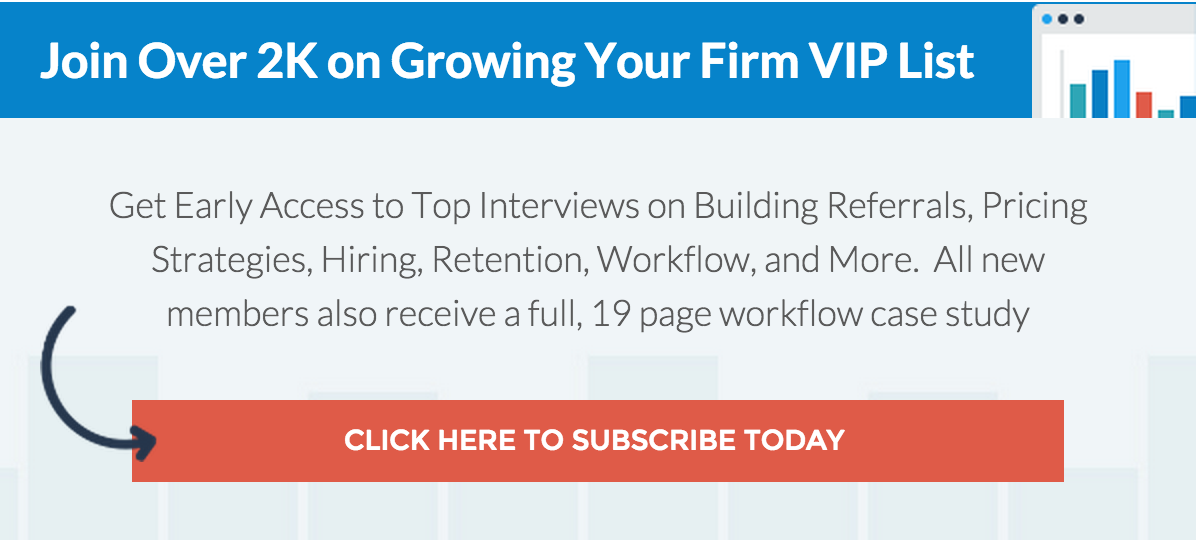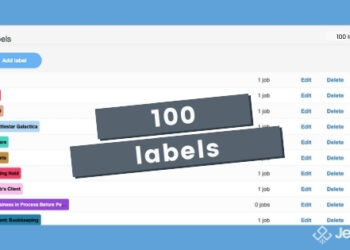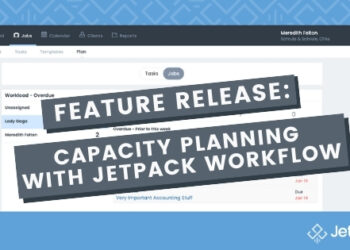Business Checklist Software by Jetpack Workflow

Finding a robust but simple business checklist software can be challenging! Which is why, in this article, we’re going to cover the most important elements you must consider before choosing your application.
Step 1: Defining Your End Desired Outcome
When you’re looking for business checklist software, there’s no shortage of applications, ranging from task, to project, and even workflow software! But always keep in mind… what is the goal or outcome you’re looking to achieve.
For example, let’s say it’s really important to track recurring due dates. This helps you determine the right application as you know it’s critical to have this.
Or, you want a very simple checklist for your business, which consists of you + a partner and a handful of clients. Perhaps you can use google spreadsheets or an excel file.
Or, perhaps you want to invest in a software that already has a few checklist or sample templates for your business, so you can standardize your process faster.
Regardless of the outcome, it’s critical that you know the goal of the software. Then when you’re reviewing the software or application, you can tell the company exactly what you’re looking to achieve. This will help them determine if the software application is a good fit for your firm, practice, or business (*Hint: If they say their application is perfect for everyone… be skeptical!).
Step 2: Understanding Your Team or Clients/Customers
Not everyone will embrace new technology with open arms, so it’s important to understand who are the additional decision makers and determining forces on if the software will work or not. This is not to say that if a team or staff member doesn’t like it, you should scrap any effort immediately! Absolutely not! But, it’s important to understand the reactions different stakeholders will have when reviewing and purchasing a business process software, and try to mitigate or be proactive in their response. The more you understand WHY they’re concern (not just HOW they will react), you’ll be able to find a better solution and communication structure that will be more aligned with their needs and concerns. Again, I’m not saying never adopt technology… it’s a critical component to growing your business or firm, but know and be proactive that different people will react differently!
Step 3: Determining the Target ROI
The goal of most software application is to either to become more productive, more profitable, or gain new clients or customers. With a checklist software, you’re really focusing on becoming more productive and profitable. In order to determine if the product is a good fit, remember your target ROI on the application. Examples could include: Saving 3 hours of admin work per week, increasing profit margins on a specific job, project, or even service category, or perhaps you want to make sure you never miss a deadline or due date ever again. What the target ROI is, be sure to define it early on… not only does this help you evaluate the business checklist software, but it also can help you communicate with the team why you’re implementing the new application in the first place.
Step 4: Starting a Free Trial or Demo
Ah the fun part! In this step, we get to test out, trial, or demo the applications we had in mind. Business checklists can be hard to set up, so a free trial is critical to set up and determine if the product is a good fit for your firm. A common mistake I see during the free trial stage is that decisions are made prematurely about the application before speaking with the company. This is the benefit of thinking through the end desired outcome and communicating that with the company / product you’re testing out. Sometimes we try to translate an old process or checklist into a new system, but in reality, the system might automate some of the steps you previously had! Sometimes this “translation” between old checklists and new process is hard to manage, which is why communicating your target ROI and outcome with the company is critical. Then you can determine, often quickly, whether the software would be a good fit or not.
Step 5: Working with the Company
The final step of the process in finding a good business checklist software is working with the company, not only during the free trial, but understanding how the relationship works after the trial. Chances are that you, or your team, will have ongoing questions or need additional training as the software is rolled out across your business or firm. It’s important to understand how the company provides ongoing training, support, and feedback. Do they charge extra for it? Do they not provide it all? Even the best checklist software will prompt questions among you or your team, so it’s critical to not only find the right software, but also the right company to work with.
Ready to Automate Your Workflow? Click Here to Watch a Full Video Demo






